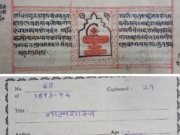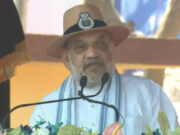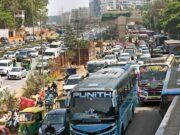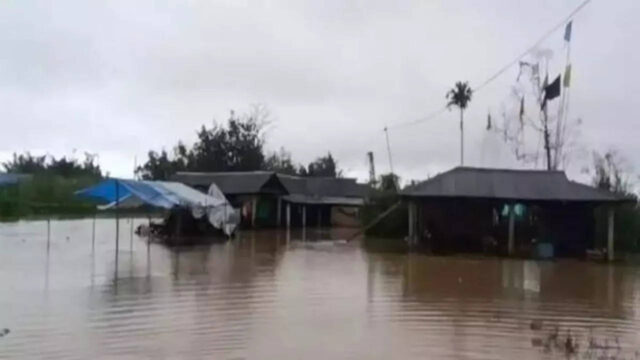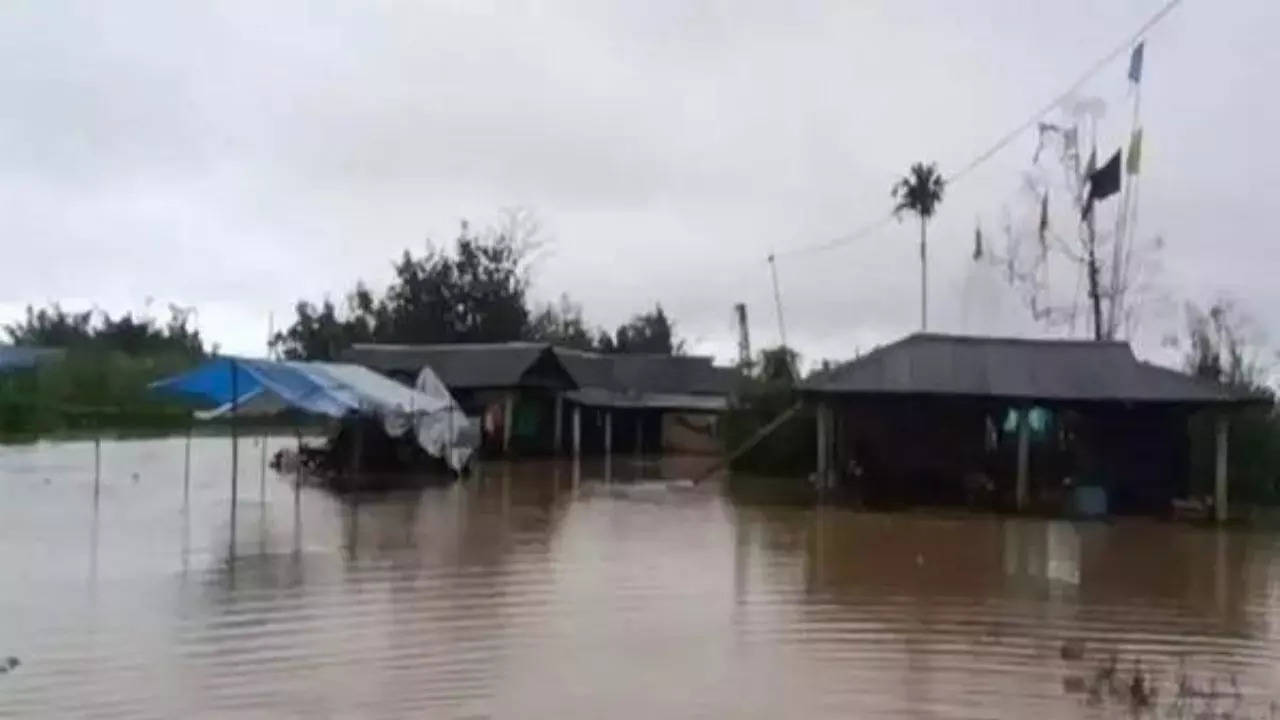NEW DELHI: Several people were killed in landslides, floods, and lightning incidents in different parts of Nepal within the last 24 hours as the monsoon spread across the nation.
Eight people have been killed by landslides, five due to lightning, and one due to floods, according to the National Disaster Risk Reduction and Management Authority (NDRMA) under Nepal’s ministry of home affairs.
“We recorded a total of 44 incidents on June 26, 2024. In those incidents, 14 people have lost their lives, 8 were due to landslides, 5 due to lightning, and 1 in flooding. 2 people are still unaccounted for in the incident of landslide while 10 people have sustained injuries,” Dijan Bhattarai, spokesperson at the NDRMA told ANI over the phone.
On Wednesday, a landslide claimed the lives of five people in Lamjung, two in Kaski, one in Okhaldhunga, and one death due to flooding, according to the home ministry.
A total of 28 people have lost lives and 147 incidents have been recorded in the past 17 days (till June 26, 2024), since the beginning of the monsoon climatic effect in the Himalayan nation. As per the record from the home ministry, landslides have claimed 14 lives followed by 13 deaths due to the lightning in the same period of time.
Nepal has a high mortality rate due to landslides and flooding during monsoons on an annual basis, because of the terrain and unplanned urbanization as well as settlement in the slopes prone to landslides.
The monsoon season in the Himalayan nation usually starts on June 13 and ends on September 23. Last year, it began on June 14, which was one day later than the usual start date.
Nepal is expecting the monsoon to formally arrive on June 13 and will remain active for approximately three months. Over time, the government has estimated that up to 1.8 million people could be affected by rain-related incidents during the season.
According to a statement by the 28th Session of the South Asian Climate Outlook Forum released on April 29, above-normal rainfall is expected during the monsoon season over most parts of South Asia. However, some areas over northern, eastern, and northeastern parts of the region may experience below-normal rainfall.
Landslides triggered by heavy rains in Nepal cause extreme damage to life, property, infrastructure, and the environment.
In Tarai, tens of thousands of people are affected by floods every year. In the hills, landslides are the main natural disaster occurring very frequently, mostly during monsoon.
This year, South Asian meteorologists say, there is a strong agreement among the experts that La Nina conditions are likely to develop over the equatorial Pacific during the second half of the southwest monsoon season.
It is also recognised that the La Nina conditions are generally associated with the normal to above-normal southwest monsoon rainfall over most parts of South Asia.
(With inputs from agency)
Eight people have been killed by landslides, five due to lightning, and one due to floods, according to the National Disaster Risk Reduction and Management Authority (NDRMA) under Nepal’s ministry of home affairs.
“We recorded a total of 44 incidents on June 26, 2024. In those incidents, 14 people have lost their lives, 8 were due to landslides, 5 due to lightning, and 1 in flooding. 2 people are still unaccounted for in the incident of landslide while 10 people have sustained injuries,” Dijan Bhattarai, spokesperson at the NDRMA told ANI over the phone.
On Wednesday, a landslide claimed the lives of five people in Lamjung, two in Kaski, one in Okhaldhunga, and one death due to flooding, according to the home ministry.
A total of 28 people have lost lives and 147 incidents have been recorded in the past 17 days (till June 26, 2024), since the beginning of the monsoon climatic effect in the Himalayan nation. As per the record from the home ministry, landslides have claimed 14 lives followed by 13 deaths due to the lightning in the same period of time.
Nepal has a high mortality rate due to landslides and flooding during monsoons on an annual basis, because of the terrain and unplanned urbanization as well as settlement in the slopes prone to landslides.
The monsoon season in the Himalayan nation usually starts on June 13 and ends on September 23. Last year, it began on June 14, which was one day later than the usual start date.
Nepal is expecting the monsoon to formally arrive on June 13 and will remain active for approximately three months. Over time, the government has estimated that up to 1.8 million people could be affected by rain-related incidents during the season.
According to a statement by the 28th Session of the South Asian Climate Outlook Forum released on April 29, above-normal rainfall is expected during the monsoon season over most parts of South Asia. However, some areas over northern, eastern, and northeastern parts of the region may experience below-normal rainfall.
Landslides triggered by heavy rains in Nepal cause extreme damage to life, property, infrastructure, and the environment.
In Tarai, tens of thousands of people are affected by floods every year. In the hills, landslides are the main natural disaster occurring very frequently, mostly during monsoon.
This year, South Asian meteorologists say, there is a strong agreement among the experts that La Nina conditions are likely to develop over the equatorial Pacific during the second half of the southwest monsoon season.
It is also recognised that the La Nina conditions are generally associated with the normal to above-normal southwest monsoon rainfall over most parts of South Asia.
(With inputs from agency)


